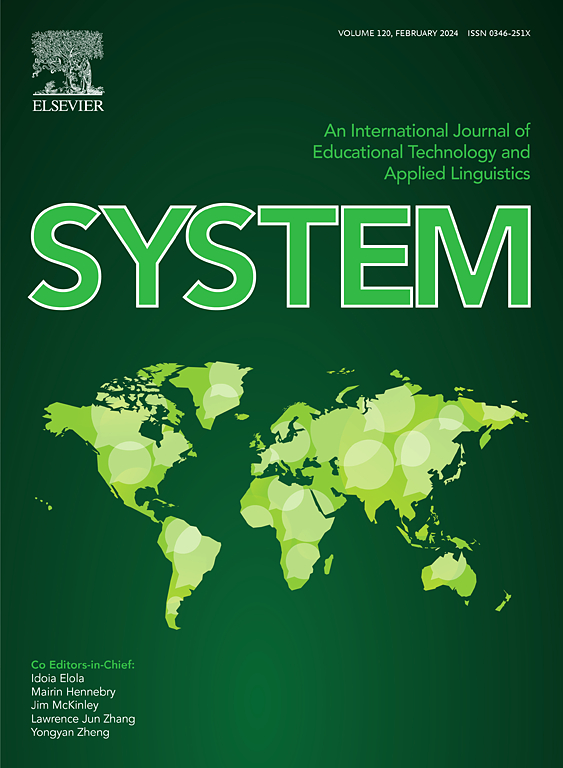非淀粉多糖源及影响肠道黏膜相关菌群和黏膜免疫的酶对育肥猪生长和胴体性状的影响
IF 6.5
1区 农林科学
Q1 Agricultural and Biological Sciences
引用次数: 0
摘要
本试验旨在研究不同来源的非淀粉多糖(NSP)及其降解酶(nspase)对育肥猪生长性能和胴体性状的影响,以及对育肥猪黏膜相关菌群和肠道免疫的影响。以体重7.0±0.3 kg的新断奶仔猪160头为研究对象,采用2 × 2因子分析法,以NSP来源和nspase为研究因子。4种饲粮处理分别为:DDGS、玉米酒糟干粒及可溶物为NSP源;DDGS + NSPases (DDGS +), DDGS添加木聚糖酶为0.01%,3000 U/kg饲料,β-甘露聚糖酶为0.05%,400 U/kg饲料;SHWB、大豆皮和麦麸替代玉米DDGS作为NSP的来源;含NSPases (SHWB +)、木聚糖酶(0.01%,3000 U/kg饲料)和β-甘露聚糖酶(0.05%,400 U/kg饲料)的SHWB。饲喂37 d,每栏4头猪为一组。37 d时,对每个猪圈中位体重的猪实施安乐死取样,分析肠道健康参数。其余猪在后续阶段饲喂普通日粮,以评估对生长和胴体性状的结转效应。与DDGS相比,SHWB降低了幽门螺杆菌的相对丰度(P < 0.05),增加了乳酸杆菌的相对丰度(P = 0.074),增加了空肠黏膜免疫球蛋白G (IgG) (P < 0.05),增加了空肠绒毛高度(P = 0.096),提高了一期平均日增重(P = 0.099)和饲料效率(P = 0.068)。添加nspase提高了Shannon多样性指数(P < 0.05),提高了链球菌和不动杆菌的相对丰度,并有提高干物质消化率的趋势(P = 0.082)。在120 d的试验结束时,猪的体重更加均匀(P < 0.05)。此外,与DDGS处理相比,SHWB处理猪的热胴体重趋于均匀(P = 0.089)。大豆壳和麦麸替代保育日粮中的DDGS,提高了猪的市场体重均匀性,这可能是由于在保育阶段有益调节了粘膜相关微生物群和改善了肠道形态。在SHWB处理中,补充nspase对肠道黏膜相关微生物群、消化率和肠道免疫有有益影响,而在市场体重时没有过量的结转效应。本文章由计算机程序翻译,如有差异,请以英文原文为准。
Impacts of non-starch polysaccharide sources with enzymes influencing intestinal mucosa-associated microbiota and mucosal immunity of nursery pigs on growth and carcass traits at market weight
This study investigated the effects of different non-starch polysaccharide (NSP) sources with NSP degrading enzymes (NSPases) and the influence on the mucosa-associated microbiota and intestinal immunity of nursery pigs, on growth performance and carcass traits at market weight. One hundred and sixty newly weaned pigs at 7.0 ± 0.3 kg body weight (BW) were allotted in a 2 × 2 factorial with NSP sources and NSPases serving as factors. The 4 dietary treatments were: DDGS, corn distillers’ dried grains with solubles as source of NSP; DDGS + NSPases (DDGS +), DDGS with xylanase at 0.01%, 3,000 U/kg of feed and β-mannanase at 0.05%, 400 U/kg of feed; SHWB, soybean hulls and wheat bran replacing corn DDGS as the source of NSP; SHWB with NSPases (SHWB +), SHWB with xylanase at 0.01%, 3,000 U/kg of feed and β-mannanase at 0.05%, 400 U/kg of feed. Pigs were fed for 37 d and housed in groups of 4 pigs per pen. At d 37, the median body weight pig in each pen was euthanized for sampling to analyze intestinal health parameters. Remaining pigs were fed a common diet for subsequent phases to evaluate the carryover effect on growth and carcass traits. The SHWB decreased (P < 0.05) the relative abundance of Helicobacter, tended to increase (P = 0.074) the relative abundance of Lactobacillus, increased (P < 0.05) immunoglobulin G (IgG) in the jejunal mucosa, tended to increase (P = 0.096) the villus height (VH) in the jejunum, and tended to improve ADG (P = 0.099) and feed efficiency (P = 0.068) during phase 1 compared to DDGS treatment. Supplementation of NSPases increased (P < 0.05) Shannon index of diversity, increased the relative abundance of Streptococcus and Acinetobacter, and tended to increase (P = 0.082) dry matter digestibility. The BW of pigs fed SHWB was more uniform (P < 0.05) at the end of the 120 d study. Additionally, hot carcass weight of pigs fed SHWB tended to be more uniform (P = 0.089) than DDGS treatment. Soybean hulls and wheat bran replacing DDGS in nursery diets improved uniformity of pigs at market weight, which might be attributed to beneficial modulation of the mucosa-associated microbiota and enhanced intestinal morphology during the nursery phase. Supplementation of NSPases had beneficial effects on the intestinal mucosa-associated microbiota, digestibility, and intestinal immunity in SHWB treatment, whereas no carryover effects were overserved at market weight.
求助全文
通过发布文献求助,成功后即可免费获取论文全文。
去求助
来源期刊

Journal of Animal Science and Biotechnology
AGRICULTURE, DAIRY & ANIMAL SCIENCE-
CiteScore
9.90
自引率
2.90%
发文量
822
审稿时长
17 weeks
期刊介绍:
Journal of Animal Science and Biotechnology is an open access, peer-reviewed journal that encompasses all aspects of animal science and biotechnology. That includes domestic animal production, animal genetics and breeding, animal reproduction and physiology, animal nutrition and biochemistry, feed processing technology and bioevaluation, animal biotechnology, and meat science.
 求助内容:
求助内容: 应助结果提醒方式:
应助结果提醒方式:


